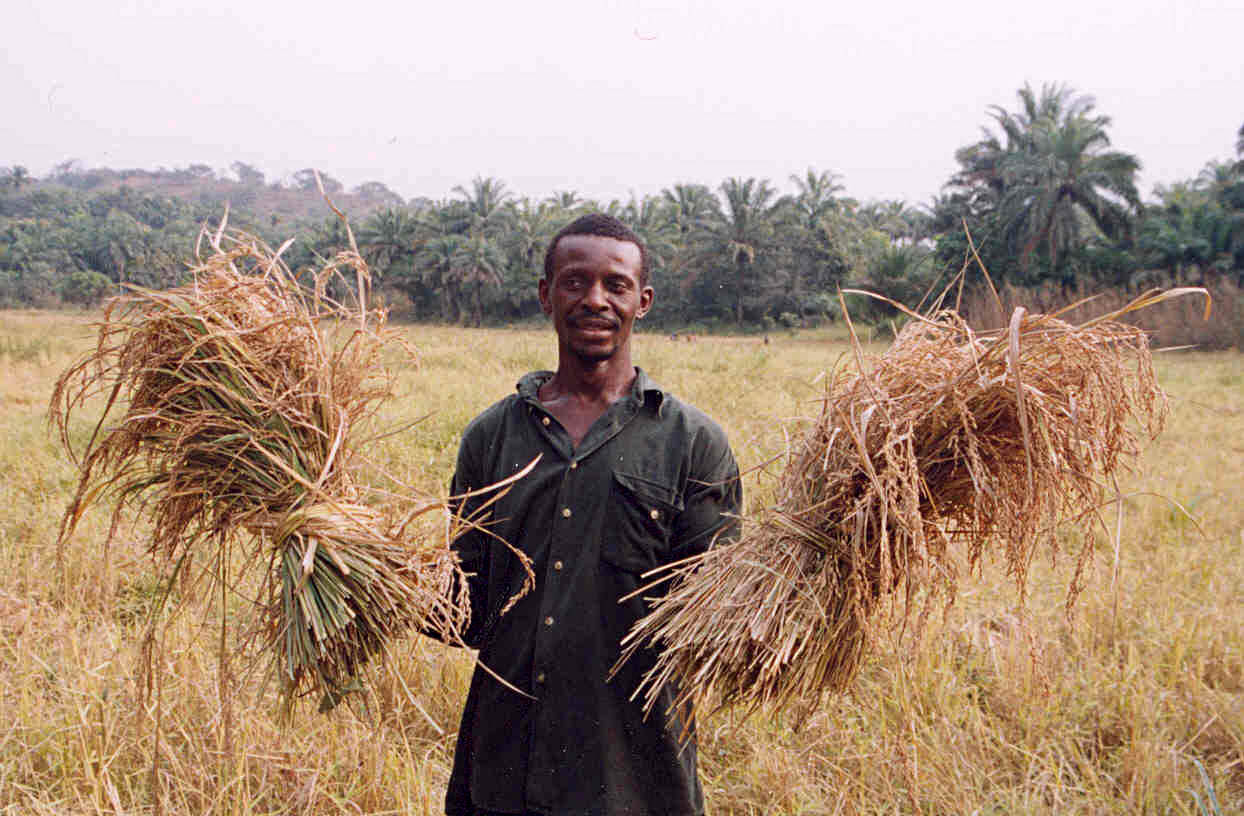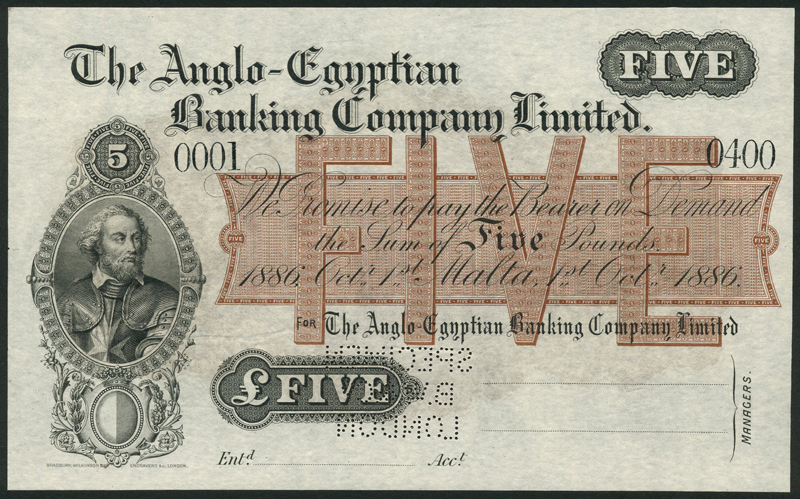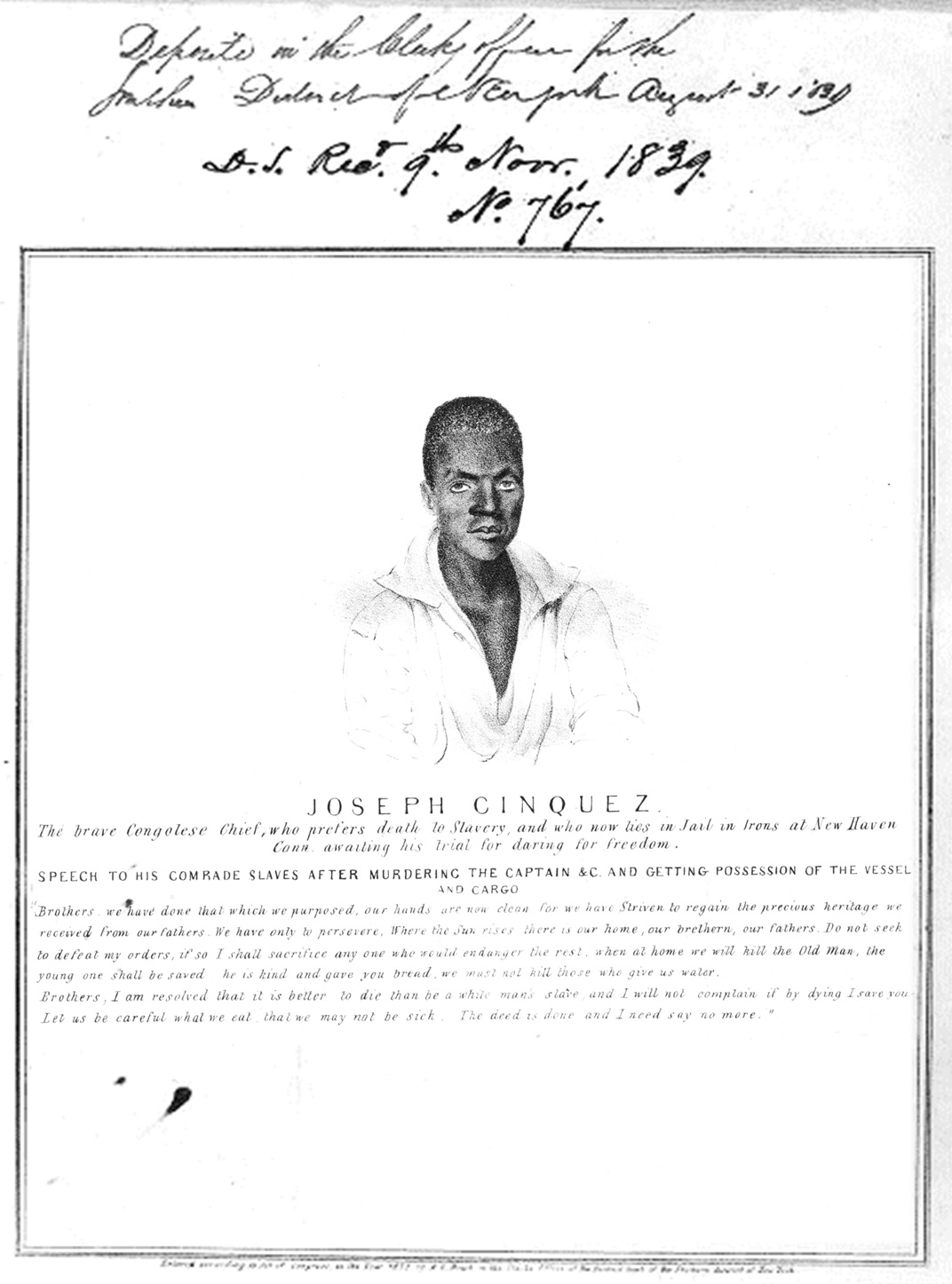|
Sierra Leonean Leone
The leone is the currency of Sierra Leone. It is subdivided into 100 ''cents''. As of 1 July 2022, the ISO 4217 code is ''SLE'' due to a redenomination of the old leone (SLL) at a rate of SLL 1000 to SLE 1. The leone is abbreviated as ''Le'' placed before the amount. History The leone was introduced on 4 August 1964. It replaced the British West African pound at a rate of 1 pound = 2 leones (i.e., 1 leone = 10 shillings). When it was introduced, one leone was worth precisely half a pound sterling or US$1.40. The leone was worth more than the U.S. dollar until the 1980s, when the currency started to devalue rapidly. Years of high inflation have caused the value of leone to plummet, and a U.S. dollar became worth thousands of leones starting in the 2000s. In August 2021, it was announced that a new leone (SLE), worth 1000 SLL, would be introduced. The new leone was eventually introduced in July 2022. Old leone denominations remain legal tender and continue to circulate. Inflatio ... [...More Info...] [...Related Items...] OR: [Wikipedia] [Google] [Baidu] |
Cent (currency)
The cent is a monetary unit of many national currencies that equals of the basic monetary unit. Etymologically, the word 'cent' derives from the Latin word meaning hundred. The cent sign is commonly a simple minuscule (lower case) letter . In North America, the c is crossed by a diagonal stroke or a vertical line (depending on typeface), yielding the character . The United States one cent coin is generally known by the nickname " penny", alluding to the British coin and unit of that name. Australia ended production of their 1¢ coin in 1992, as did Canada in 2012. Some Eurozone countries ended production of the 1 euro cent coin, most recently Italy in 2018. Symbol The cent may be represented by the cent sign, written in various ways according to the national convention and font choice. Most commonly seen forms are a minuscule letter ''c'' crossed by a diagonal stroke or a vertical line or by a simple ''c'', depending on the currency (''see below''). Cent amounts ... [...More Info...] [...Related Items...] OR: [Wikipedia] [Google] [Baidu] |
Coat Of Arms Of Sierra Leone
The coat of arms of Sierra Leone (along with the flag), were developed by the College of Arms and granted in 1960. Design The shield on the arms depicts a lion beneath a zigzag border, representing the Lion Mountains, after which the country was named. It also shows three torches which are meant to symbolize peace and dignity. At the base are wavy bars depicting the sea. The supporters of the shield are lions, similar to those on the colonial badge. The three main colours from the shield – green, white and blue – were used to form the flag. The green represents agricultural and natural resources, the blue represents the Harbour of Freetown and the white represents unity and justice. At the bottom of the shield, the national motto can be seen. Blazon The coat of arms of Sierra Leone are described as: (a) for arms- # Vert a lion passant Or armed and langued Gules. # Standing on a base Argent, two bars wavy Azure. # And a chief indented of four points Argent, three f ... [...More Info...] [...Related Items...] OR: [Wikipedia] [Google] [Baidu] |
Currencies Of The Commonwealth Of Nations
A currency, "in circulation", from la, currens, -entis, literally meaning "running" or "traversing" is a standardization of money in any form, in use or circulation as a medium of exchange, for example banknotes and coins. A more general definition is that a currency is a ''system of money'' in common use within a specific environment over time, especially for people in a nation state. Under this definition, the British Pound Sterling (£), euros (€), Japanese yen (¥), and U.S. dollars (US$)) are examples of (government-issued) fiat currencies. Currencies may act as stores of value and be traded between nations in foreign exchange markets, which determine the relative values of the different currencies. Currencies in this sense are either chosen by users or decreed by governments, and each type has limited boundaries of acceptance - i.e. legal tender laws may require a particular unit of account for payments to government agencies. Other definitions of the term "currency ... [...More Info...] [...Related Items...] OR: [Wikipedia] [Google] [Baidu] |
Economy Of Sierra Leone
The economy of Sierra Leone is $4.082 billion by gross domestic product as of 2018. German Foreign OfficeCountry Information Sierra Leone - EconomyPartly citing the ''Economist Intelligence Unit''. Retrieved 2010-03-24. Since the end of the Sierra Leone Civil War in 2002, the economy is gradually recovering with a gross domestic product growth rate between 4 and 7%. In 2008 it in PPP ranked between 147th by World Bank, and 153rd by CIA, largest in the world. Sierra Leone's economic development has always been hampered by an overdependence on mineral exploitation. Successive governments and the population as a whole have always believed that "diamonds and gold" are sufficient generators of foreign currency earnings and lure for investment. As a result, large scale agriculture of commodity products, industrial development and sustainable investments have been neglected by governments. The economy could thus be described as one which is "exploitative" - a rentier state - and base ... [...More Info...] [...Related Items...] OR: [Wikipedia] [Google] [Baidu] |
De La Rue
De La Rue plc (, ) is a British company headquartered in Basingstoke, England, that designs and produces banknotes, secure polymer substrate and banknote security features (including security holograms, security threads and security printed products) for central banks and currency issuing authorities. It is listed on the London Stock Exchange. History The company was founded by Thomas de la Rue, who moved from Guernsey to London in 1821 and set up in business as a 'Leghorn' straw hat maker, then as a stationer and printer. In 1831 he secured his business a Royal Warrant to produce playing cards. In 1855 it started printing postage stamps and in 1860 banknotes. The company's first banknotes were made for Mauritius. In 1896, the family partnership was converted into a private company. In 1921, the de la Rue family sold their interests. The company was first listed on the London Stock Exchange in 1947. Then called ''Thomas De La Rue & Company, Limited'', it changed its nam ... [...More Info...] [...Related Items...] OR: [Wikipedia] [Google] [Baidu] |
Specimen Banknote
A specimen banknote is printed generally in very limited quantities for distribution to central banks to aid in the recognition of banknotes from a country other than their own. In some cases, specimen banknotes are printed in less limited quantities distributed to commercial banks, or even to commercial enterprises and the public at large in order to familiarize users about new designs. In addition, specimen banknotes are sold in some countries to collectors (often in special commemorative folders or albums). They have also been distributed by banknote printers (such as the American Bank Note Company) as examples of their craftsmanship. Occasionally, specimen banknotes are distributed as gifts to dignitaries or to employees of central banks, often in special presentation albums. To avoid use of specimen banknotes as legal tender notes, the banknotes are deformed, typically by being overprinted and/or punched (perfin) with an inscription such as "SPECIMEN", "SPECIMEN NO VALUE" ... [...More Info...] [...Related Items...] OR: [Wikipedia] [Google] [Baidu] |
Ceiba Pentandra
''Ceiba pentandra'' is a tropical tree of the order Malvales and the family Malvaceae (previously emplaced in the family Bombacaceae), native to Mexico, Central America and the Caribbean, northern South America, and (as the variety ''C. pentandra'' var ''guineensis'') West Africa. A somewhat smaller variety was introduced to South and Southeast Asia, where it is cultivated. The tree and the cotton-like fluff obtained from its seed pods are commonly known in English as kapok, a Malay-derived name which originally applied to ''Bombax ceiba'', a native of tropical Asia. In Spanish-speaking countries the tree is commonly known as "ceiba" and in French-speaking countries as fromager. The tree is cultivated for its cottonlike seed fibre, particularly in south-east Asia, and is also known as the Java cotton, Java kapok, silk-cotton or samauma. Characteristics The tree grows to as confirmed by climbing and tape drop with reports of Kapoks up to . These very large trees are in the N ... [...More Info...] [...Related Items...] OR: [Wikipedia] [Google] [Baidu] |
Flag Of Sierra Leone
The national flag of Sierra Leone is a tricolour consisting of three horizontal green, white and blue bands. It was adopted in 1961, Sierra Leone's independence year, to replace the British Blue Ensign defaced with the arms of the Crown Colony of Sierra Leone. History The British first arrived in what is now modern-day Sierra Leone in 1787, when philanthropists and abolitionists acquired of land situated close to Bunce Island for freed slaves. The site of the settlement is where Freetown is now located. It became a crown colony of the United Kingdom within its colonial empire in 1808, Colony of Sierra Leone. Under colonial rule, Sierra Leone used the British Blue Ensign and defaced it with the arms of the territory. The emblem of Sierra Leone at the time consisted of a circle depicting an elephant, an oil palm tree and mountains, along with the letters "S.L." standing for the initials of the territory's name. Other than the initials, the rest of the emblem's design wa ... [...More Info...] [...Related Items...] OR: [Wikipedia] [Google] [Baidu] |
Bumbuna Dam
The Bumbuna Dam is a concrete-face rock-fill dam on the Seli River near Bumbuna in Tonkolili District, Sierra Leone, and from the capital of Freetown, the main consumer. The country's first hydroelectric dam, it supports a power station. The site for the dam at Bumbuna Falls was first identified in 1971, and construction was begun in 1975. Work was halted in May 1997, about 85% completed, due to the Sierra Leone Civil War, and did not restart until 2005. The project was completed and went online in 2009. Nearly a third of the dam's US$327 million cost ($103 million) was supplied by the African Development Bank. A 26 January 2005 report noted that 33 villages would be affected by the dam, although only one (of 16 households and 135 people) would require resettlement. The dam has a maximum height of , a length of at the crest and a volume of . The volume of the reservoir created is , or . There are two Francis turbine The Francis turbine is a type of water turbine. It is an ... [...More Info...] [...Related Items...] OR: [Wikipedia] [Google] [Baidu] |
Joseph Cinqué
Sengbe Pieh (18141879), also known as Joseph Cinqué or Cinquez and sometimes referred to mononymously as Cinqué, was a West African man of the Mende people who led a revolt of many Africans on the Spanish slave ship ''La Amistad'' in July 1839. After the ship was taken into custody by the United States Revenue Cutter Service, Cinqué and his fellow Africans were eventually tried for mutiny and killing officers on the ship, in a case known as ''United States v. The Amistad''. This reached the U.S. Supreme Court, where Cinqué and his fellow Africans were found to have rightfully defended themselves from being enslaved through the illegal Atlantic slave trade and were released. The US government did not provide any aid to the acquitted Mende People. The United Missionary Society, a black group founded by James W.C. Pennington helped raise money for the return of thirty-five of the survivors to Sierra Leone in 1842. Biography Cinqué was born 1814 in what is now Sierra Leone. Hi ... [...More Info...] [...Related Items...] OR: [Wikipedia] [Google] [Baidu] |
Bai Bureh
Bai Bureh (February 15, 1840 – August 24, 1908) was a Sierra Leonean ruler, Military strategy, military strategist, and Muslim cleric, who led the Temne and Loko uprising against British rule in 1898 in Northern Sierra Leone. Early life and rule pre-rebellion Bai Bureh was born in 1840 in Kasseh, a village near Port Loko in Northern Sierra Leone. Bureh's father was a Muslim cleric and an important Loko war-chief and his mother was a Temne trader from Makeni. Bureh himself was a devout Muslim of the Suffi tradition of Sunni Islam; and he also held on to his strong African traditions and values. When Bureh was a young man his father sent him to the small village of Gbendembu in northern Sierra Leone, where he was trained to become a warrior. During his training at the village, he showed that he was a formidable warrior and was given the nickname of Kebalai which translates as ‘one who doesn’t tire of war’. When Kebalai returned to his home village, he was crowned ... [...More Info...] [...Related Items...] OR: [Wikipedia] [Google] [Baidu] |
Metal Theft
Metal theft is "the theft of items for the value of their constituent metals". It usually increases when worldwide prices for scrap metal rise, as has happened dramatically due to rapid industrialization in India and China. Apart from precious metals like gold and silver, the metals most commonly stolen are non-ferrous metals such as copper, aluminium, brass, and bronze. However, even cast iron and steel are seeing higher rates of theft due to increased scrap metal prices. One defining characteristic of metal theft is the motivation. Whereas other items are generally stolen for their extrinsic value, items involved in metal theft are stolen for their intrinsic value as raw material or commodities. Thefts often have negative consequences much greater than the value of the metal stolen, such as the destruction of valuable statues, power interruptions, and the disruption of railway traffic. Items often stolen Anything made of metal has value as scrap metal, and can be stolen: * Man ... [...More Info...] [...Related Items...] OR: [Wikipedia] [Google] [Baidu] |




.jpg)

